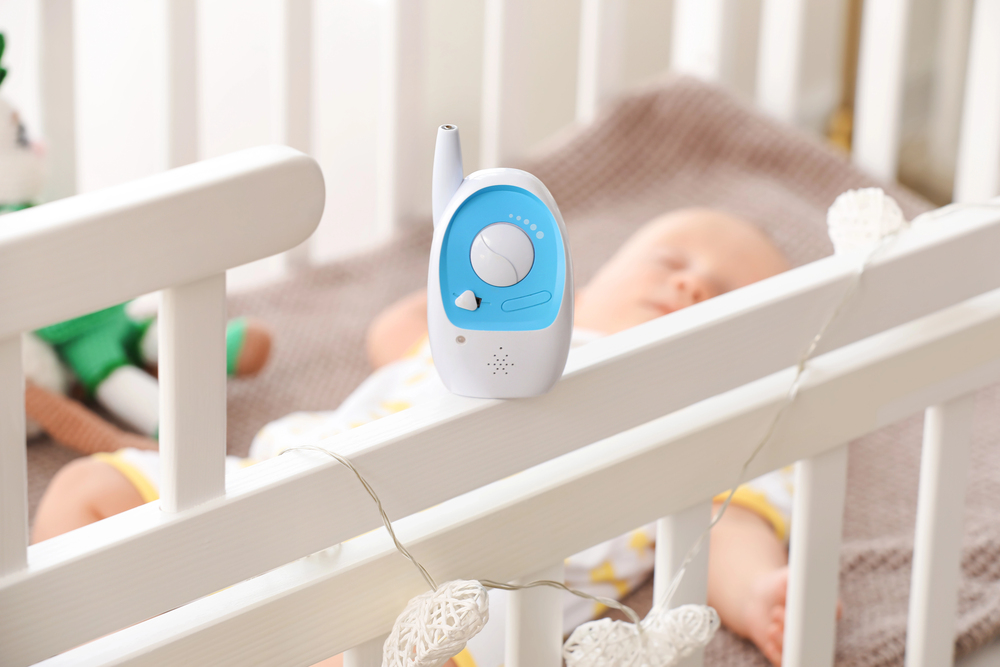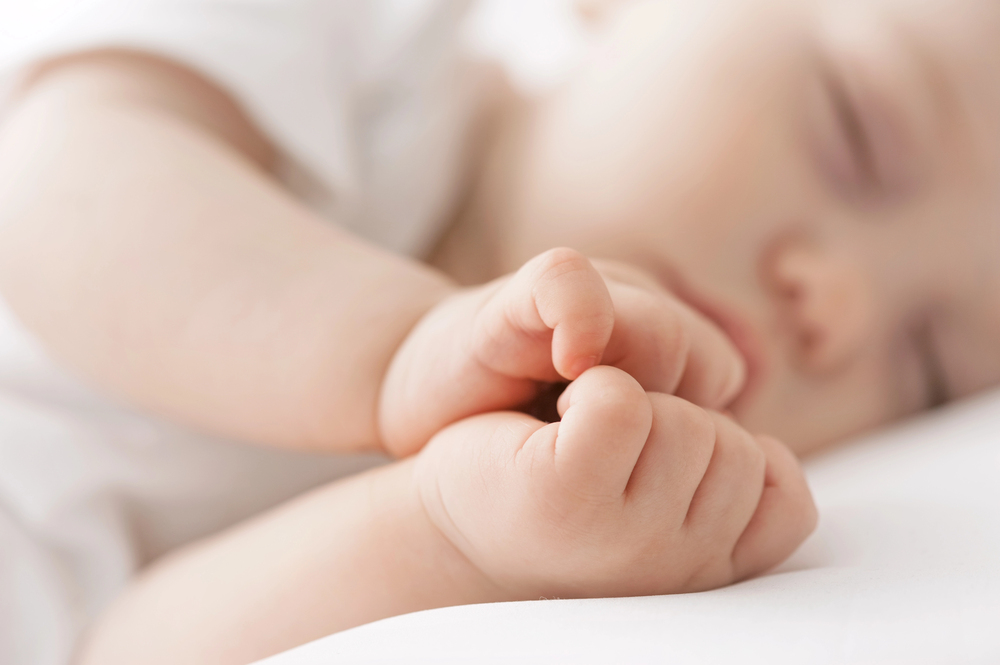Featured
Every parent looks forward to making their baby cozy and comfortable during sleep time. However, some precautions should be followed to create a safe environment in which a little one can sleep. With dramatically frequent cases of Sudden Infant Death Syndrome (SIDS), every rookie parent should know how to avoid it. This comprehensive guide outlines when and how to introduce a blanket to a baby safely.
Official Safety Guidelines
The AAP has precise recommendations when it comes to protecting the baby from sleep-related dangers. Their recommendation stands firm: babies should sleep without any soft bedding, including blankets until they reach at least 12 months of age. This guideline is part of general recommendations for a safe sleep environment that helps decrease SIDS risk.
For younger babies, it’s safer to use sleep sacks, wearable blankets, and proper-sized swaddles as they do not increase the risk of SIDS. These alternatives provide warmth without the dangers that come with loose bedding. Sleep sacks, in particular, have become increasingly popular as they offer a safe way to keep babies warm without compromising safety.

Signs Your Baby Is Ready for a Blanket
The 12-month milestone serves as the minimum age requirement for introducing blankets. To ensure that the baby does not suffocate under the blanket, parents should be aware of the common developmental signs that show that the child can sleep with a blanket while sleeping.
Some of the significant signs are that the baby can roll over in both directions, push up on hands and knees, and sit unassisted. These motor skills typically develop around 6-9 months but must be well-established before considering blanket use. Babies should demonstrate the ability to pull the blanket off their face and move freely in their sleep space.
How to Choose a Safe Blanket
There are a number of factors that must be taken into consideration when choosing the right baby blanket. Depending on the weather, it should be thin enough to avoid overheating the little one. At the same time, the product should be padded enough to keep the baby warm. Also, it should be large enough to cover the crib completely. For warm seasons, cotton muslin blankets are ideal as they are light and allow air to circulate. For winter, consider thick fleece blankets to keep a little baby warm. If you’re looking for cozy blankets for gifts, pick one made from hypoallergenic materials with cute patterns that both parents and baby will love.
Avoid heavy, quilted, or loose-knit blankets that can potentially be cause of suffocation. The baby blanket should be big enough to be tucked beneath the mattress at the base of the crib. Make sure the cover is yet not too tight to restrict the baby’s movements. Don’t use weighted blankets for little babies.

Safe Sleep Environment Setup
Creating a safe sleep environment extends beyond blanket selection. Choose the room temperature to be moderate – it usually ranges between 68-72°F (20-22°C). This temperature range ensures the child does not overheat but, at the same time, is comfortable and does not require a lot of bedding.
The crib itself should remain free from other items, including pillows, toys, and bumper pads. When using a blanket, ensure that it extends only up to chest level when the baby is lying flat on the bed. Tuck the blanket firmly under the mattress at the foot and sides. This placement ensures that the blanket does not cover the face of the baby while sleeping.
Monitor your baby’s health state on a regular basis. Current models of baby monitors come with features such as temperature control to make sure your baby feels warm during the night. There’s also a video monitoring option that allows the parent to keep track of the baby. Get occasional checks during the first weeks of blanket use to ensure the adaptation period is going well.
Pay attention to signs of overheating – these include sweating, flushed cheeks, or rapid breathing. Such indicators might suggest the need to adjust room temperature or switch to lighter bedding options.
Understanding the Risks
SIDS cases continue to present a challenge in child health care despite the advancement in technology. Recent statistics show that approximately 3,700 babies in the United States die annually from sleep-related causes, including SIDS and accidental suffocation. Blankets, which are part of loose bedding, are considered to be one of the most dangerous threats for sleeping infants under the age of 12 months.
Babies cannot use their hands to remove the blankets off their faces. At an early age, newborns lack strength, and the coordination of their movements is still developing. This limitation may result in the emergence of potentially perilous circumstances wherein breathing is constrained. Even light blankets can pose risks, as young infants might not be able to regulate their body temperature effectively, potentially leading to overheating.

Final Tips and Recommendations
The journey to safe blanket use requires patience and careful observation. Until your baby reaches the appropriate age and developmental milestones, focus on alternative warming methods. Dress your baby in layers of well-fitted clothing, use sleep sacks, and maintain an appropriate room temperature.
Seek advice from your pediatrician before using a blanket, particularly if your baby has a history of premature birth or other health issues. Be aware that all babies develop at different rates, and some may not be able to use blankets until later. When in doubt, always err on the side of caution and continue with safe sleep alternatives until you’re completely confident in your baby’s ability to handle a blanket safely.
By adhering to these guidelines, your little one is both warm and protected during sleep time. While the wait might seem long, the safety of your child makes it worthwhile. As your baby grows and develops, they’ll eventually reach the stage where blanket use becomes both safe and comfortable.
Image Credit: depositphotos.com























